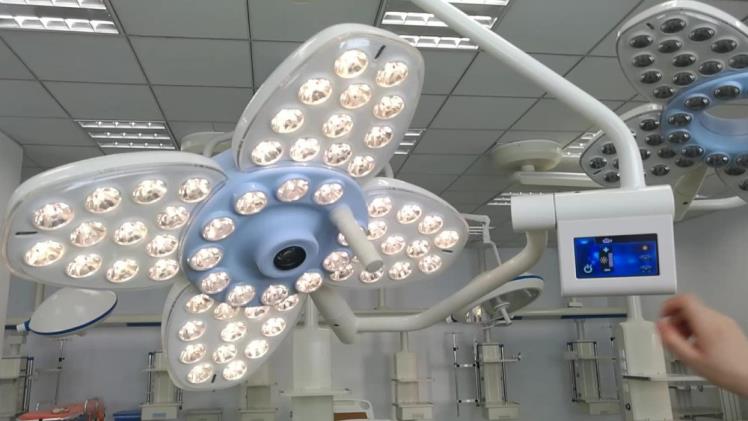In the intricate dance of surgical precision, one often-overlooked hero plays a pivotal role – the surgical headlight. While surgeons and their skilled hands take center stage, the unsung illuminator quietly enhances visibility and clarity, contributing to the success of intricate medical procedures. Let’s dive into the evolution and significance of surgical headlights, the unsung luminaries of the operating room.
The history of surgical illumination is a journey from the shadows to the brilliance of focused light. In the early days, natural light or basic lamps cast a limited glow over the surgical field, leaving surgeons to navigate through less-than-optimal visibility. As surgical techniques advanced, the need for a reliable, adjustable, and focused light source became increasingly evident.
The late 19th century brought a revolution with the introduction of electric lights, transforming surgical illumination. Surgeons could now benefit from a steady, adjustable light source, improving their ability to visualize the surgical field. However, it was not until the mid-20th century that dedicated surgical headlights became commonplace.
The advent of fiber optic technology marked a paradigm shift in surgical illumination. Lightweight and flexible light guides empowered surgeons with the ability to transmit intense illumination directly to the surgical site. The era of being tethered to fixed light sources was over, allowing for unprecedented freedom of movement and light positioning.
Modern surgical headlights, a testament to precision engineering and ergonomic design, have taken illumination to new heights. LED technology, a game-changer in this domain, offers bright, cool, and focused illumination. Beyond visibility, these lights contribute to a reduction in heat generation, ensuring a comfortable environment for both the surgeon and the patient.
One of the standout features of contemporary surgical headlights lies in their adaptability. Surgeons can choose from a spectrum of light intensity levels and color temperatures, tailoring the illumination to the unique demands of different procedures. This versatility is especially crucial in fields like neurosurgery, microsurgery, and dentistry, where precision is non-negotiable.
Ergonomics plays a pivotal role in the design of modern surgical headlights. Lightweight and adjustable, these devices are crafted with the surgeon’s comfort in mind. This not only minimizes strain during prolonged procedures but also enhances overall maneuverability. Some advanced models even come equipped with integrated features, such as built-in cameras, providing real-time visualization and documentation capabilities.
Beyond functionality, the evolution of surgical headlights considers sustainability. LED technology not only ensures energy efficiency but also aligns with the growing emphasis on eco-friendly practices in healthcare. The reduced environmental footprint of these lights reflects a conscientious effort to balance technological advancements with environmental responsibility.
In conclusion, the narrative of surgical headlights, from humble beginnings to sophisticated LED-powered devices, showcases the continuous quest for precision and efficiency in modern medicine. These unassuming yet indispensable tools exemplify how technology enhances the capabilities of healthcare professionals, ultimately benefiting patients through safer, more precise, and efficient surgical interventions. As medical technology continues to evolve, the story of surgical headlights remains a beacon, symbolizing the harmonious blend of innovation, precision, and a relentless pursuit of excellence in the world of surgery.

